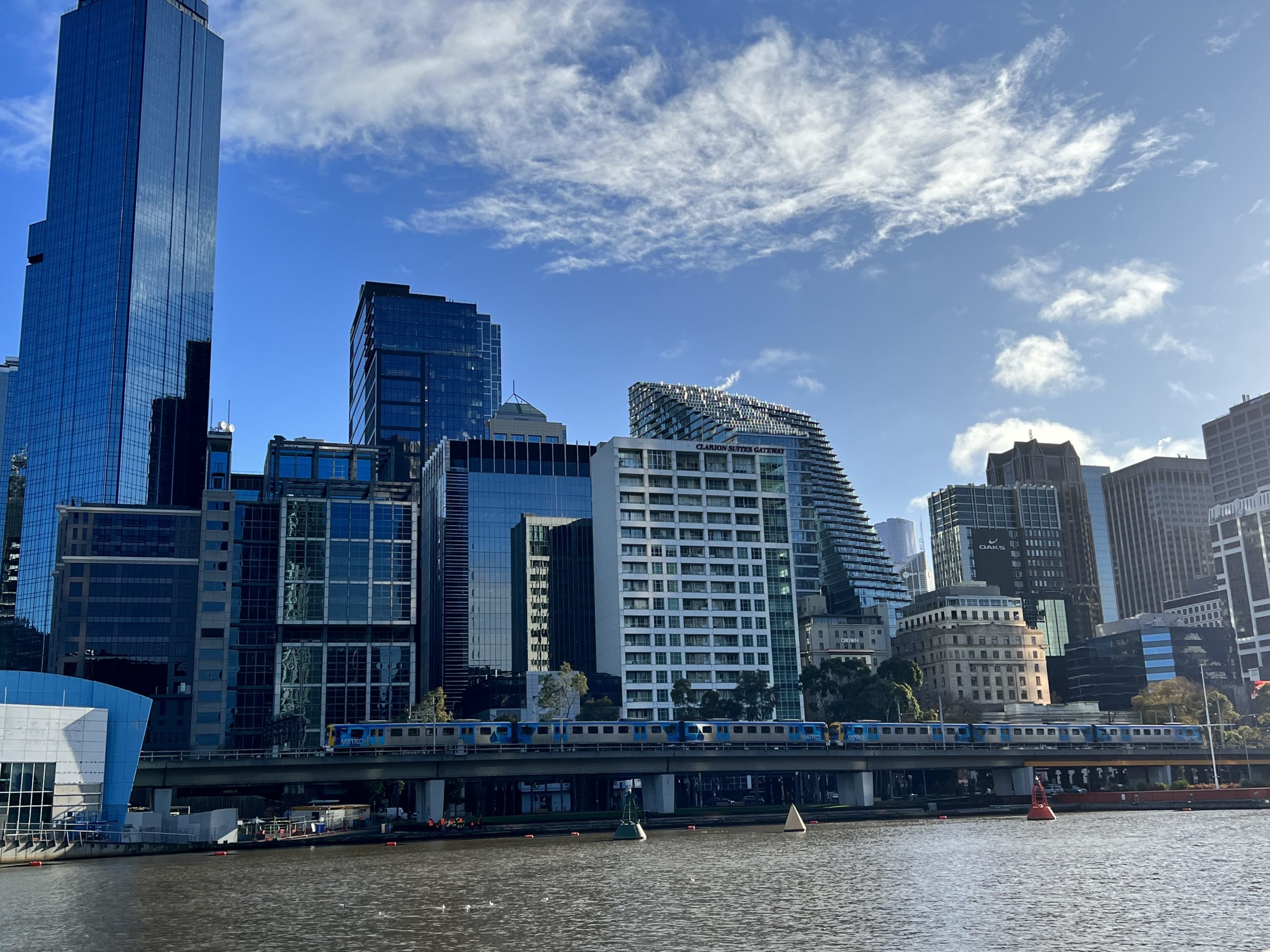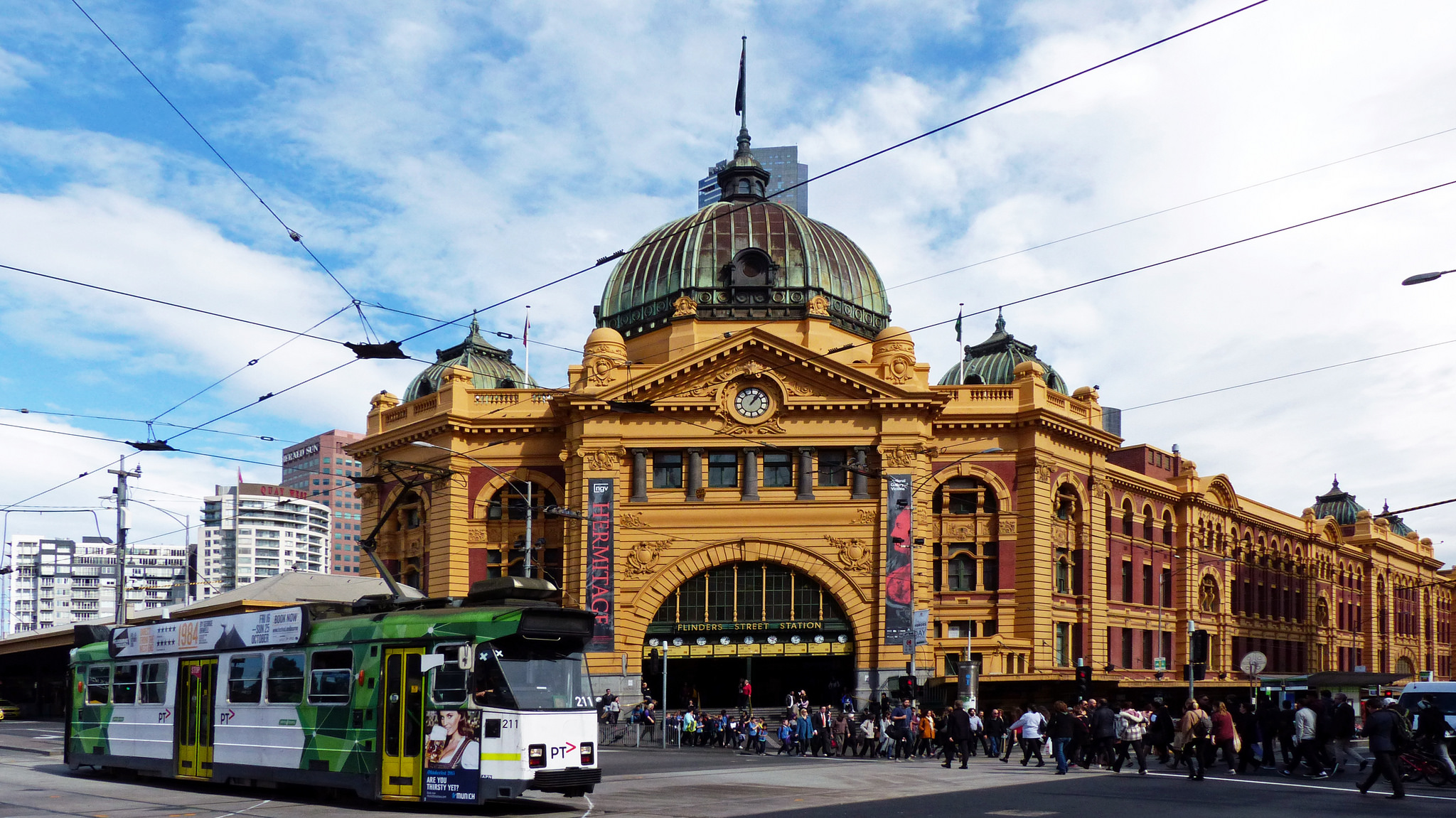
Melbourne is often dubbed the most ‘European’ of Australian cities – indeed the eastern, designer section of Collins St was crowned the ‘Paris End’ in the 1950s. There’s also a mini New York vibe here, thanks to the city’s well-ordered grid and scattering of art-deco high-rises. Much of that is due to the 230-plus laneways that penetrate into the heart of city blocks, which are recognised for world-class street art, restaurants and bars. The city that has been voted the world’s most liveable – multiple times – is also one of the best to visit, as it offers a diverse range of attractions.

While central Melbourne has its own allure, the city’s charm lies in its diverse suburbs, each of which tells a different tale. Despite the long-standing north–south divide (glitzy South Yarra versus hipster Fitzroy), there’s an effortless, laid-back appeal surrounding Melbourne’s bars, cafes, festivals and people that transcends borders. Best experienced like a local, neighbourhood pockets of delicious food reflect the ethnic communities that inhabit them: Victoria St, Richmond, for Vietnamese; Carlton’s old-school Italian; Balaclava for Jewish bakeries; Middle Eastern in Brunswick; Footscray for Ethiopian; and Chinatown for Asian food matched only by its country of origin. We tried Italian and Vietnamese food during our sejour in Melbourne.

Giant stingrays, sharks of all shapes and sizes, penguins and a rainbow array of marine life are all housed at SEA LIFE Melbourne Aquarium. The 2.2-million-litre oceanarium provides an invaluable insight into Australia’s ocean life. Set aside at least two hours to explore the whole aquarium located within Melbourne’s CBD, and it was just opposite our AirBnB apartment.



Melbourne is known for its shopping and there are quite a number of duty-free department stores. DFO South Wharf is the place to find over 120 leading Australian and international brands – all at up to 70% off! With all brands under the one roof, you will be sure to find everything you are looking for in the latest ladies’ and men’s fashions, children’s wear, sportswear, footwear, handbags and luggage, home wares, manchester, lingerie, jewellery and loads more. I am not really into shopping so I just went to have some food with the nephew, while the wife shopped to her heart’s content.

The Melbourne Star is a 120 metre tall observation wheel in the Waterfront City precinct in the Docklands area of Melbourne. Come fly on the Melbourne Star, one of the largest giant observation wheels in the world. Unfortunately, the observation wheel has been grounded for now. This is due to the global COVID-19 pandemic and subsequent travel restrictions and sustained shutdowns, which have made it impossible to sustain the business.

Did you know? Taking the trams around Melbourne CBD area is free of charge? This is good news for those who want to be economical, because a ride on the public transport network in Melbourne can cost $4. There are clear signs and announcements to indicate if you are leaving the free tram zone and expected to pay for your fare. The City’s Free Tram Zone, which covers the CBD and Docklands, means you can get around without spending a cent.

Considered one of the finest examples of Victorian-era landscaping in the world, Melbourne’s Royal Botanic Gardens draw over two million visitors a year. Here you’ll find plants from around the globe as well as a strong show of unique Australian flora. The Botanic Gardens is really quite similar to the one in Singapore, with green open spaces for picnics and taking a walk.

With more than 600 traders, Victoria Market is a large open-air market brimming with food, shopping and cultural experiences. Early mornings are best for fresh produce, taste-testing or dodging the booming cries of stall holders. Lunch hour sees shoppers queuing for street food and flower stalls, serenaded by a rotating cast of buskers. The deli hall, lined with stalls selling everything from Australian cheeses, to Polish sausages and kangaroo biltong, has some Art Deco era flourishes. It is a great place to buy some fresh Australian produce or to see the locals go about their daily chores.

Flinders Street railway station is located on the corner of Flinders and Swanston streets in the central business district of Melbourne. Opened in 1854, the historic station serves the entire metropolitan rail network, as well as some country services to eastern Victoria. It is an iconic building and a legacy of the colonial past. With its prominent green copper dome, distinctive yellow facade, arched entrance, tower, and clocks, it is one of Melbourne’s most recognisable landmarks.

Wondering further away from Melbourne, you can visit Brighton Beach which is one of Melbourne’s best-loved beaches. Because it’s a bay beach, the water is quite calm and suitable for swimming. The sandy beach is good for a picnic. Many visitors come here to see the bathing boxes and take iconic photographs against its backdrop. The bathing boxes are brightly coloured, and local families use the bathing boxes to change into their bathers and store their clothes. Owning a bathing box is a mark of social esteem, the boxes change hands for substantial amounts.

It was a beautiful sunset to end off the day. We were at Brighton Beach and totally soaked in the peaceful vibes. We slowly walked back to our car and made the half an hour journey back to Melbourne CBD.
Lastly, if you are hanging out at Brighton Beach area, you can check out the Bayside Coastal Arts Trail, a 17km (11mi) walk along the coastline adjacent to Beach Road between Brighton and Beaumaris. Along the way, viewing signs hold artworks made by Australian artists who have painted the Bayside coast in the past. The route maps an important part of the area’s cultural heritage.



